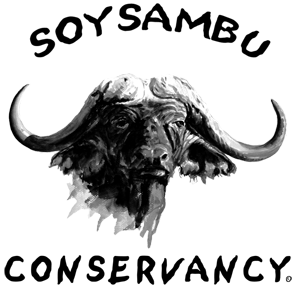BY:Duncan Oduor and Beatrice Limo.
Fire is a very important tool of managing rangelands in Kenya and especially when used properly and at the right time. The fire can also has devastating effects when it’s not controlled or when it is naturally or accidentally caused in the Parks, Conservancies and other rangelands. It is not only unfortunate when the fires are intentionally caused but its impacts can be so great especially to sensitive and fragile ecosystems and organisms in their natural habitats. Last year most parts of Kenya received adequate rains that led to good harvest of a variety of crops including the staple maize/corns. The rains also helped in the improvement of biomass of both plants and animals.
The Soysambu Conservancy was not left behind in terms of rains ,the rains were so adequate leading to very green ranges. The warm season has set in for the last few weeks, the vegetation has now wilted, dried and turned brownish. Following the dry weather we are experiencing, the huge challenge and threat remains to be wild fires as the grass is currently tall and strong winds blowing from time to time may make it conducive and a hard task to put off the fires. Unfortunately we have experienced a number of wildfires for the past few weeks mainly along the Nakuru-Nairobi Highway (A104) and including the latest fire that nearly gutted the Sunbird and the coming up Serena Lodge. Due to dedicated effort of teams from the Soysambu Conservancy, the Fire Brigade from Nakuru County Council, The friendly Forces-Police and the Military we have managed to fight all the fires and controlled them to minimal areas as possible. The causes of these fires are unknown and some are believed to have started from the surrounding homes straying into this fragile conservation area. Our way forward is now just to improve the routine patrols, community policing, and awareness creation and prepare for any reported cases and prompt action to avoid huge damage.



















